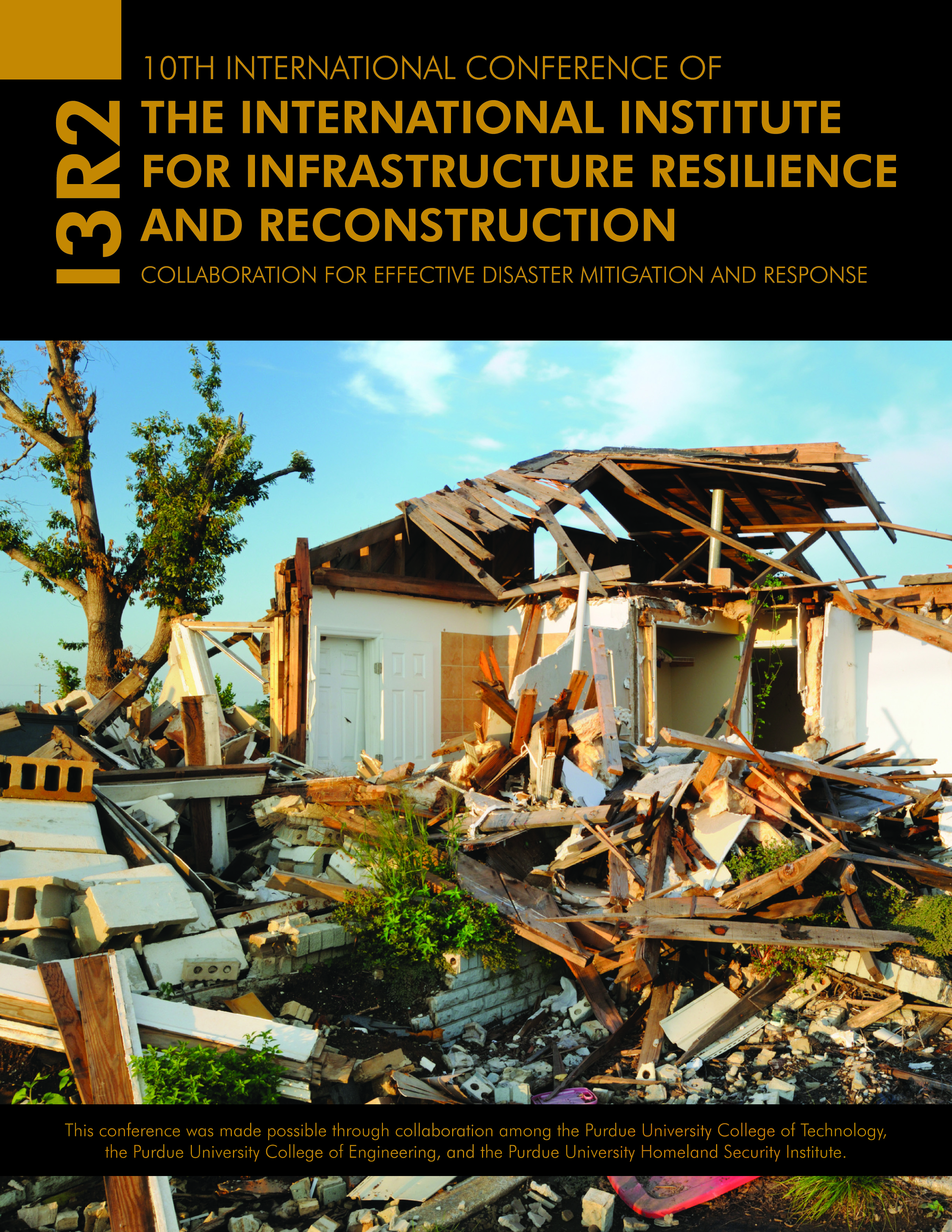Abstract
As our climate changes, the occurrence of extreme weather events and heavier rainfall becomes more common. This change in weather patterns and precipitation results in a greater number of recorded flood events and a larger magnitude of flood events. Canadian municipalities are therefore facing a pressing demand to perform hazard assessments to identify communities at risk and measure potential economic and societal losses due to flood events. Federal Emergency Management Agency (FEMA) developed a standardized tool, Hazus-MH, for loss estimation from natural disasters for use in the US. Recently, Hazus has been adapted for use in Canada. This paper introduces the Hazus flood loss assessment model and the adaption and development required for the Canadian Hazus release. Furthermore, the steps followed with respect to data acquisition and preparation of the required exposure and hazard input data and attribute translation methodology to conform to Hazus classifications for the pilot study in Fredericton, NB, are presented. A subsequent paper will report the flood model results and compare them to actual expenditures from the 2008 flood in Fredericton to verify the validity of the model, depth damage curves, and parameters employed.
Keywords
Hazus, flood, risk assessment
DOI
10.5703/1288284315355
Recommended Citation
McGrath, H., Stefanakis, E., McCarthy, M., & Nastev, M. (2014). Data Preparation for Validation Study of Hazus Canada Flood Model. In Randy R. Rapp & William Harland (Eds.), The Proceedings of the 10th International Conference of the International Institute for Infrastructure Resilience and Reconstruction (I3R2) 20-22 May 2014. (14-21). West Lafayette, Indiana: Purdue University.
Data Preparation for Validation Study of Hazus Canada Flood Model
As our climate changes, the occurrence of extreme weather events and heavier rainfall becomes more common. This change in weather patterns and precipitation results in a greater number of recorded flood events and a larger magnitude of flood events. Canadian municipalities are therefore facing a pressing demand to perform hazard assessments to identify communities at risk and measure potential economic and societal losses due to flood events. Federal Emergency Management Agency (FEMA) developed a standardized tool, Hazus-MH, for loss estimation from natural disasters for use in the US. Recently, Hazus has been adapted for use in Canada. This paper introduces the Hazus flood loss assessment model and the adaption and development required for the Canadian Hazus release. Furthermore, the steps followed with respect to data acquisition and preparation of the required exposure and hazard input data and attribute translation methodology to conform to Hazus classifications for the pilot study in Fredericton, NB, are presented. A subsequent paper will report the flood model results and compare them to actual expenditures from the 2008 flood in Fredericton to verify the validity of the model, depth damage curves, and parameters employed.



